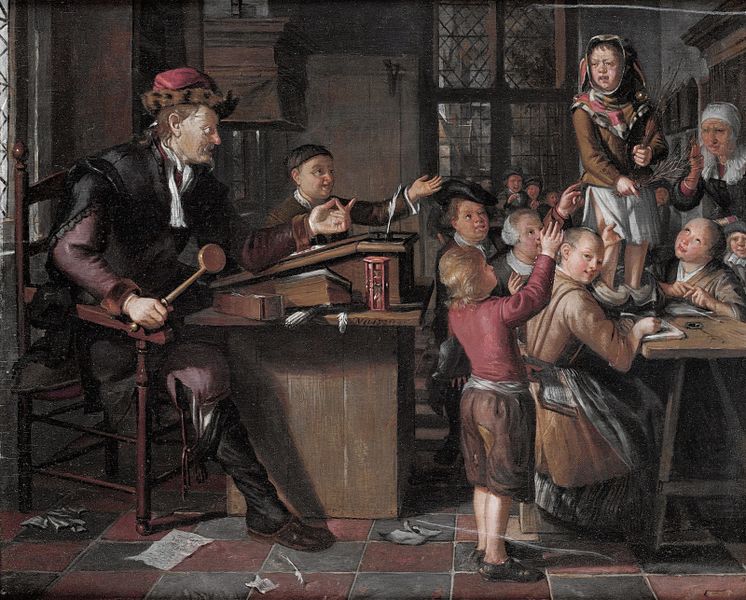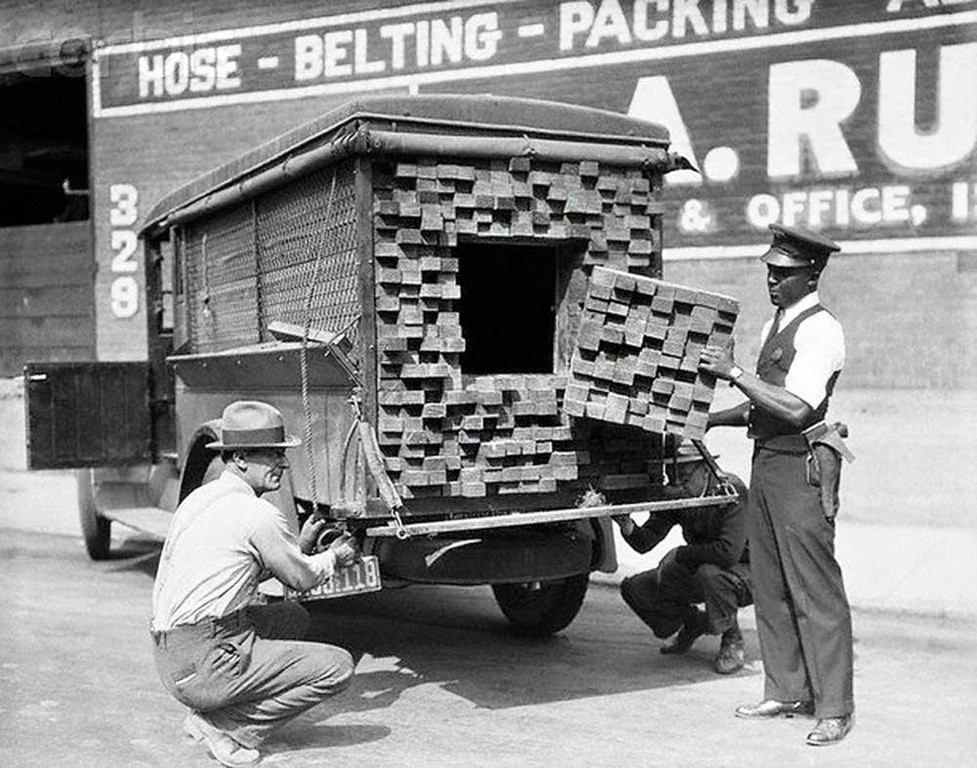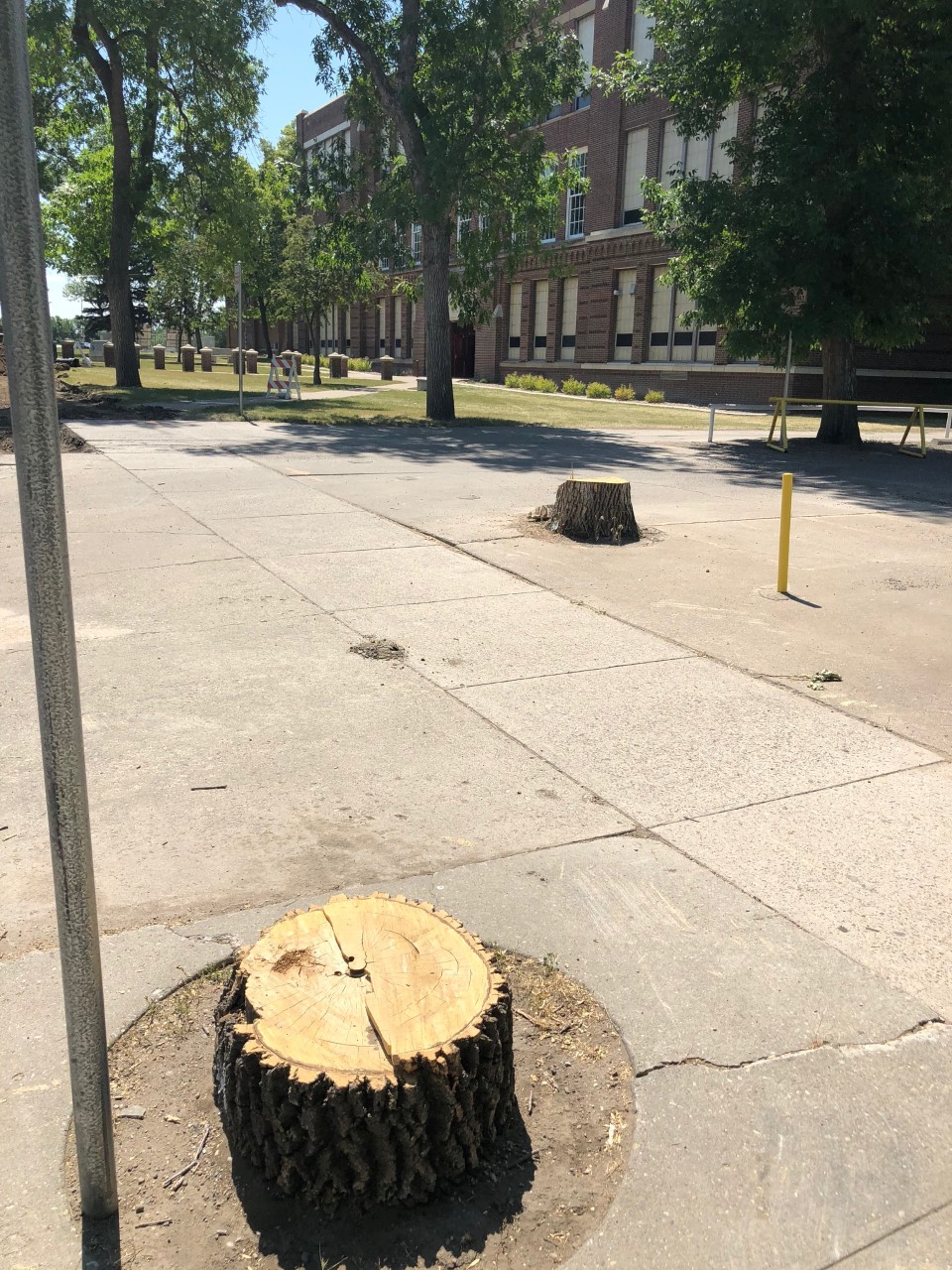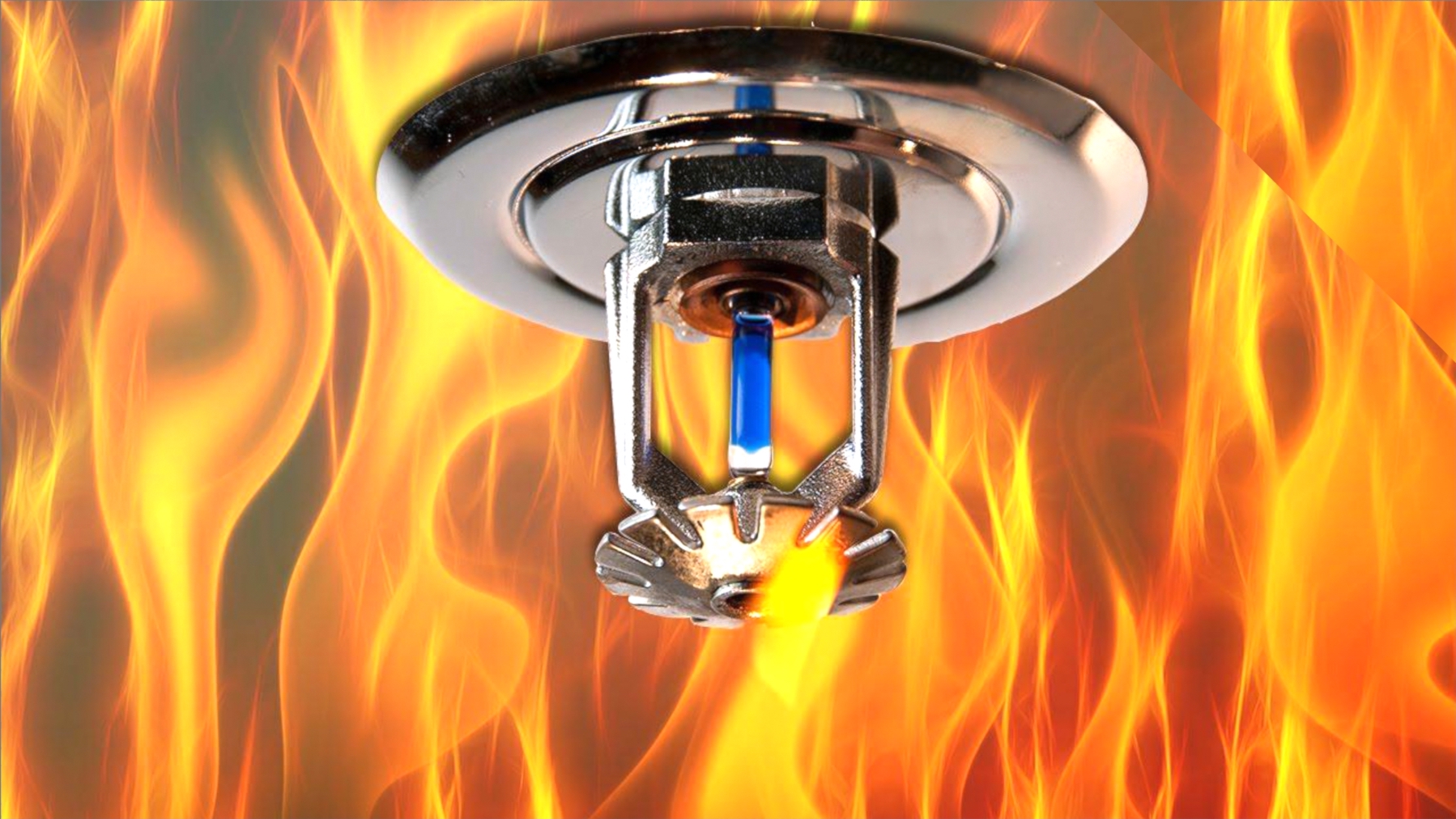________________________________________________________________________ The District’s Secret Stash Does the Great Falls Public School District have a plan to grow the local economy and thereby grow the tax base to increase funding for the school district, and perhaps increase student population. How does the district’s do that? New school board trustee, and Great Falls Development Authority employee,…
Category: GFPS
Tammy Lacey’s Retirement: Good News Or Bad News?
________________________________________________________________________ Now that Great Falls Public Schools Superintendent Tammy Lacey has announced her retirement at the end of this school year we’d like to make a couple of observations and ask a couple of questions. The success of our local public school system should be judged by the quality of educational outcomes for students,…
Who Is Pulling The Strings In Our School District?
________________________________________________________________________ Do we really need a school board at all? This Spring after the voters of Great Fall defeated the Great Falls Public Schools request for an operational levy totaling $1.4 million, our Superintendent of Schools, Tammy Lacey reacted by publicly stating: “Congratulations to Bozeman, Helena, Kalispell, and Missoula school districts for passing their…
Sneaky Trick
________________________________________________________________________ Who’s Hiding the Administrator Raises? At the August 6, 2018 Great Falls Public School District’s school board meeting, the trustees decided to delay a scheduled vote on a listed action item which would give school administrators a blanket 2% raise. After receiving citizen push back, the meeting turned contentious with administrators and board…
Try Taking A Dog’s Dinner
________________________________________________________________________ Today’s education industrial complex charged with educating our children is big business, costing an estimated $620 Billion a year. The Great Falls Public Schools District, with an annual budget of $91 million, is part of that bigger complex. The taxpayers of Great Falls have supported our school system since 1886, and continue to…
Stepping In It
________________________________________________________________________ The Great Falls Public School District Just Doesn’t Learn We all understand that the GFPS District offices are located at a higher geographic elevation than the rest of Great Falls, but is the air so much more rarified that the administration’s judgement is clouded? Monday night the school board will consider, and likely…
Stumped?
________________________________________________________________________ Are you just plain stumped about the bad decisions made by the Great Falls Public Schools? Have you ever wondered why so many bad decisions have been made by the Great Falls Public School District? The school district administration seems to step in it every chance they get. These people are supposedly highly educated,…
Should Great Falls Public Schools Be Safer?
________________________________________________________________________ Fire Sprinkler Follow-up In my previous article, “Fire Sprinklers at Great Falls High School”, I posed the following question; Why has the school district ignored the urging of City of Great Falls building officials and the Great Falls Fire Rescue Department to include a fire sprinkler system in the plans for the…
Fire Sprinklers At Great Falls High School?
______________________________________________________________________ School District says ‘No’ to fire sprinkler system at Great Falls High School. Why has the school district ignored the urging of City of Great Falls building officials and the Great Falls Fire Rescue Department to include a fire sprinkler system in the plans for the historic portion of Great…
State Historic Preservation Office Cautions GFPS On GFHS Work
________________________________________________________________________ In a letter to City of Great Falls Planning and Community Development Deputy Director Tom Micuda, John Boughton, National Register Coordinator for the State Historic Preservation Office of the Montana Historical Society said, “We sincerely hope that the proposed addition to Great Falls High School is done in a manner that respects the…











